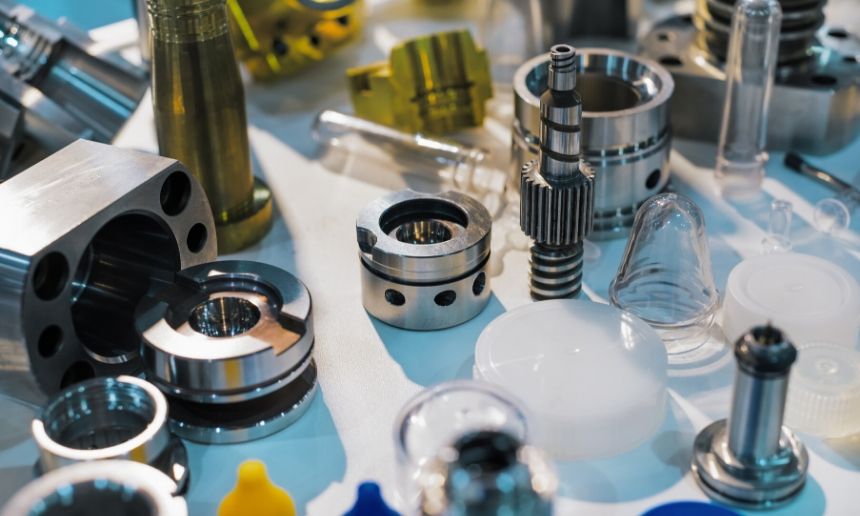Common Materials Used for Vacuum Metalizing

The vacuum metalizing process is an innovative technology that lends metal-like qualities—such as conductivity—to a non-metallic surface—such as plastic—via cost-effective and environmentally responsible means. These metalized surfaces mitigate electromagnetic interference and can also serve an aesthetic purpose. When vacuum metalizing plastic, there are several metals capable of lending effective conductivity. Here is a brief guide to common materials used for vacuum metalizing and their differences from one another so that you can further understand the process.
Aluminum
First, aluminum is a reasonably conductive and regularly used metal. In fact, aluminum is the most common of all metals for vacuum metalizing for several reasons. Due to its prevalence—aluminum is the most plentiful metal on the planet—aluminum is a cost-efficient material for metalizing. Also, this metal is particularly corrosion-resistant and retains the metalized surface’s integrity well. In some applications, aluminum’s high reflectivity is another plus.
Copper
Copper is a second common material used for vacuum metalizing. Copper is a bit better than aluminum at providing a conductive surface capable of mitigating surrounding EMI. That said, aluminum is the most common metal used in part due to copper’s propensity to corrode and tarnish. The Statue of Liberty is a good example—over time, Lady Liberty shifted from a reflective brown color to its present-day blue-green color. This illustrates copper’s general tendency to oxidize, which negatively impacts a vacuum-metalized surface.
Multi-Stack Coatings
Given the strengths and weaknesses of copper, aluminum, and other metals, Deep Coat Industries commonly creates multi-stack coatings consisting of several complementary metals. This allows for maximum attenuation and mitigates shield breakdown. For instance, to prevent copper’s oxidization, our Dual-Fire solution applies highly conductive copper followed by an oxidization-resistant aluminum top layer.
Alternatively, our Quad-Fire solution sandwiches two conductive copper layers between two bookend layers of stainless steel. Beyond a merely protective substance, stainless-steel and also nickel-chrome contribute excellent low-frequency EMI attenuation due to their magnetic properties. Beyond these, you can also request nickel, tin, and other metals for your project, affording you many different options.